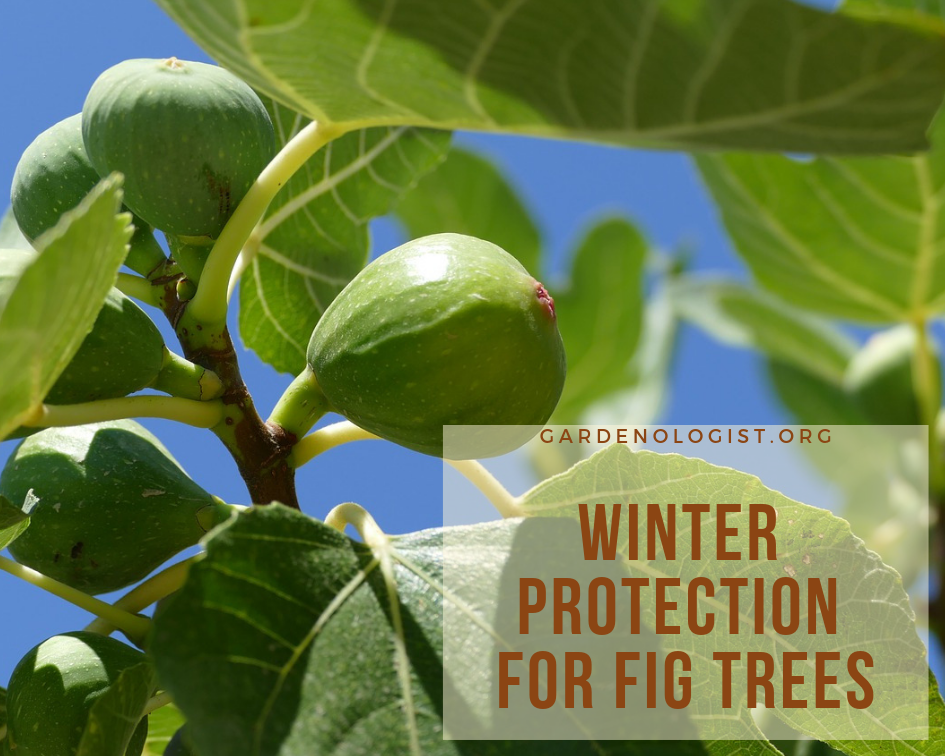This post may contain affiliate links. As an Amazon Associate we earn from qualifying purchases.
We received an emailed question today from “Paul.” He needs to know how to get rid of quaking aspen suckers. Let’s figure this one out!
“My neighbor has two quaking aspen. The roots send suckers up in my yard
unmercifully. How can I control those suckers? I have tried round-up
concentrate. It kills the suckers but the roots do not seem to be affected. This
has been going on for years. His yard does not seem to be affected by new
sprouts shooting up in his lawn or flower beds.“
My first thought upon reading his plea was “And how about the lightning-speed growth rate of those suckers?! I wish my hair grew that fast!”
Quaking aspen (Populus tremuloides), in my opinion, isn’t an appropriate tree for a residential backyard, unless that backyard is huge. The tree can grow up to more than 80 feet in height, it self-propagates by its roots and will form groves of new trees.
One of these quaking aspen groves, named “Pando,” was scientifically designated as identified as a single living organism. “… the he clone spreads over 106 acres, consisting of over 40,000 individual trees. The exact age of the clone and its root system is difficult to calculate, but it is estimated to have started at the end of the last ice age,” according to sources with the United States Department of Agriculture (USDA) Forest Service.
Oh, the reason it’s named Pando? It means “I spread.” And, indeed he does.

Why the above-ground suckers?
“Aspens need to clone themselves to stay healthy,” according to the certified arborists with LAM Tree Service near Denver, Colorado. Each time a quaking aspen sucker is cut, it impacts the quaking aspen’s health.
Damage to the tree or its roots also prompts quaking aspen sucker production. This damage can occur from something as simple as aerating or even mowing the lawn.
You may also see increased sucker production if the homeowner next door prunes the tree or it is damaged in any way. It’s a result of the tree producing certain hormones when damaged, telling it to reproduce quickly.
For Paul, I don’t have good news.
Next time a sucker pops up, dig down to find the lateral root from which it’s growing. If it’s not too deep, you have one rather labor-intensive option: root prune as close as possible to your side of the fence and then trench and install a root barrier along the perimeter of your yard and the neighbor’s. The barrier will deflect lateral root growth into your yard.
Beyond that physical barrier or begging your neighbor to remove the tree, I have little to offer.
The good news here is that the quaking aspen is a short-lived tree.
Patience, my friend.



